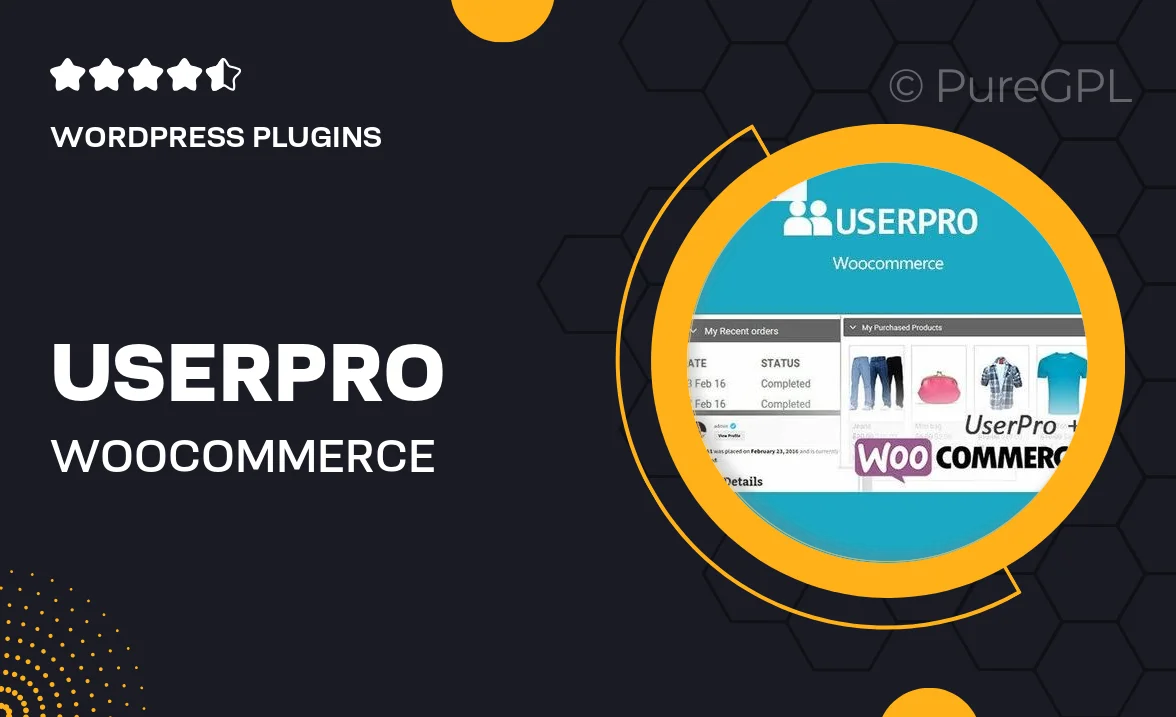
Choose Your Desired Option(s)
About Service Level Agreements (SLA)
Understanding Service Level Agreements (SLA)
Service Level Agreements (SLA) are contractual agreements between a service provider and a customer that outline the level of service that is expected. SLAs define the metrics that will be used to measure the performance of the service provider and specify the consequences if the agreed-upon levels are not met. These agreements are crucial in ensuring that both parties are on the same page regarding expectations and responsibilities.
Key Components of Service Level Agreements
SLAs typically include several key components such as:
- Service description: A detailed description of the services that will be provided.
- Service scope: The specific scope and limitations of the services covered by the agreement.
- Service levels: The performance metrics that will be used to measure the provider’s performance.
- Responsibilities: Defines the responsibilities of both parties in ensuring that the service levels are met.
- Escalation procedures: The process for resolving any disputes or issues that may arise during the term of the agreement.
Benefits of Implementing Service Level Agreements
There are several benefits to implementing SLAs, including:
- Clarity: SLAs provide clear guidelines and expectations for both parties, reducing the risk of misunderstandings.
- Accountability: By defining specific metrics and responsibilities, SLAs hold service providers accountable for their performance.
- Quality of service: SLAs help to ensure that the level of service provided meets the customer’s expectations.
- Improved communication: SLAs encourage open communication between the service provider and the customer, leading to better collaboration and problem-solving.
- Set realistic expectations: Ensure that the service levels outlined in the SLA are achievable based on the provider’s capabilities.
- Include measurable metrics: Define specific metrics that can be objectively measured to evaluate the provider’s performance.
- Review and update regularly: SLAs should be reviewed and updated periodically to reflect changes in the services provided or the customer’s needs.
- Define roles and responsibilities: Clearly outline the roles and responsibilities of both parties to avoid confusion or disputes.
Best Practices for Creating Effective Service Level Agreements
When creating an SLA, it is important to follow some best practices to ensure that the agreement is effective:
By understanding the importance of Service Level Agreements and following best practices in creating them, businesses can establish clear expectations, improve accountability, and enhance the quality of services provided to their customers.







